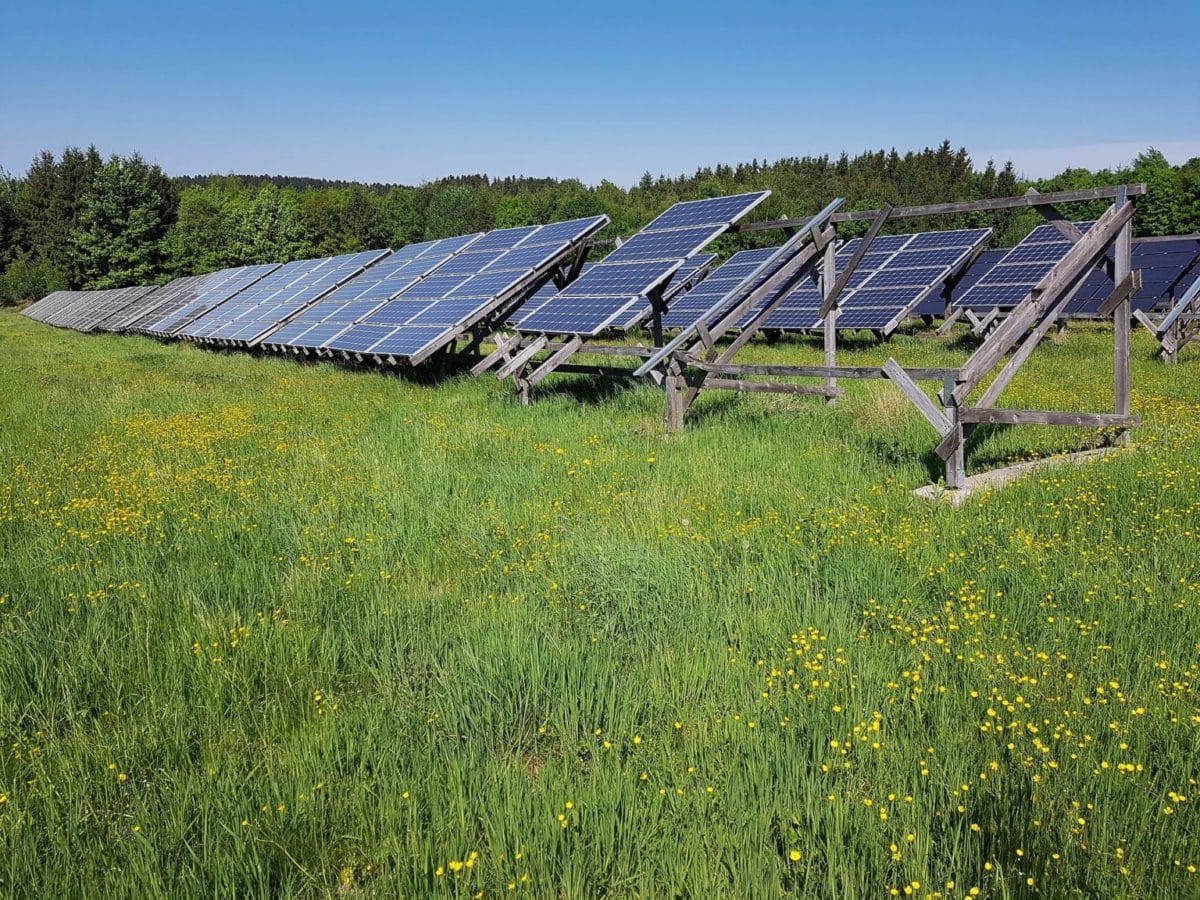From pv magazine Global
Tarek Zohdi, a scientist from the University of California, Berkeley, has developed a computational framework to optimise solar power generation in agrivoltaic projects relying on bifacial modules, as well as other agrivoltaic systems.
The novel approach, which the researcher defines as a ‘digital-twin’ framework, is claimed to be flexible enough to simulate a wide variety of systems and to be able to rapidly compute the solar power flow in a multi-purpose agrivoltaic project with a reduced-order model of Maxwell’s equations. These equations are commonly used to describe how electric charges and electric currents create electric and magnetic fields. Model order reduction (MOR) is a method to reduce the computational complexity of a mathematical model in a numerical simulation.
The method considers the high-frequency decomposition of solar irradiance into multiple rays and analyses how these rays are propagated forward in time, to assess multiple reflections and absorption for various system configurations. It also takes into account panel inclination, panel refractive indices, sizes, shapes, heights, and albedo. “The method propagates energy through a hypothetical solar farm system configuration very quickly,” Zohdi told pv magazine. “It assesses how well the hypothetical solar farm system performs in achieving desired outcomes such as PV electricity produced and energy-to-agriculture.”
The researcher further explained that the computational module gives the configuration a “score” and then tests thousands of others in an hour. “The code constantly retains the best performers and eliminates the worst ones, seeking the absolute best ones using machine learning,” he stated.
“The method allows for a solar installation to be tested from multiple source directions quickly and uses a genomic-based machine learning algorithm to optimise the system,” the academic explained in the paper A digital-twin and machine-learning framework for the design of multiobjective agrophotovoltaic solar farms, published in Computational Mechanics. “By creating digital-twins of complex, symbiotic agrophotovoltaic (APV) systems, one can safely and efficiently manipulate, improve, and optimise agriculture, careful water use, and integrated solar energy in virtual settings, before deploying them in the physical world.”
Zohdi also explained that the decomposition of solar irradiance into multiple rays can also be assessed regarding crop yield. The discrete-ray approach assumes that the ambient medium acts as a vacuum and that there are no energetic losses as the rays move through the surrounding medium. The simulations, according to Zohdi, take a fraction of a second on a laptop and potential agrivoltaic systems could be tested from multiple source directions.
“A key goal of this work was to develop an easy simulation tool that is computationally inexpensive and accessible to a wide range of researchers involved in APV systems,” Zhodi concluded, noting that his further work will focus on adding remote sensing imagery and sensor data feeds to the developed computational framework.
This content is protected by copyright and may not be reused. If you want to cooperate with us and would like to reuse some of our content, please contact: editors@pv-magazine.com.









By submitting this form you agree to pv magazine using your data for the purposes of publishing your comment.
Your personal data will only be disclosed or otherwise transmitted to third parties for the purposes of spam filtering or if this is necessary for technical maintenance of the website. Any other transfer to third parties will not take place unless this is justified on the basis of applicable data protection regulations or if pv magazine is legally obliged to do so.
You may revoke this consent at any time with effect for the future, in which case your personal data will be deleted immediately. Otherwise, your data will be deleted if pv magazine has processed your request or the purpose of data storage is fulfilled.
Further information on data privacy can be found in our Data Protection Policy.